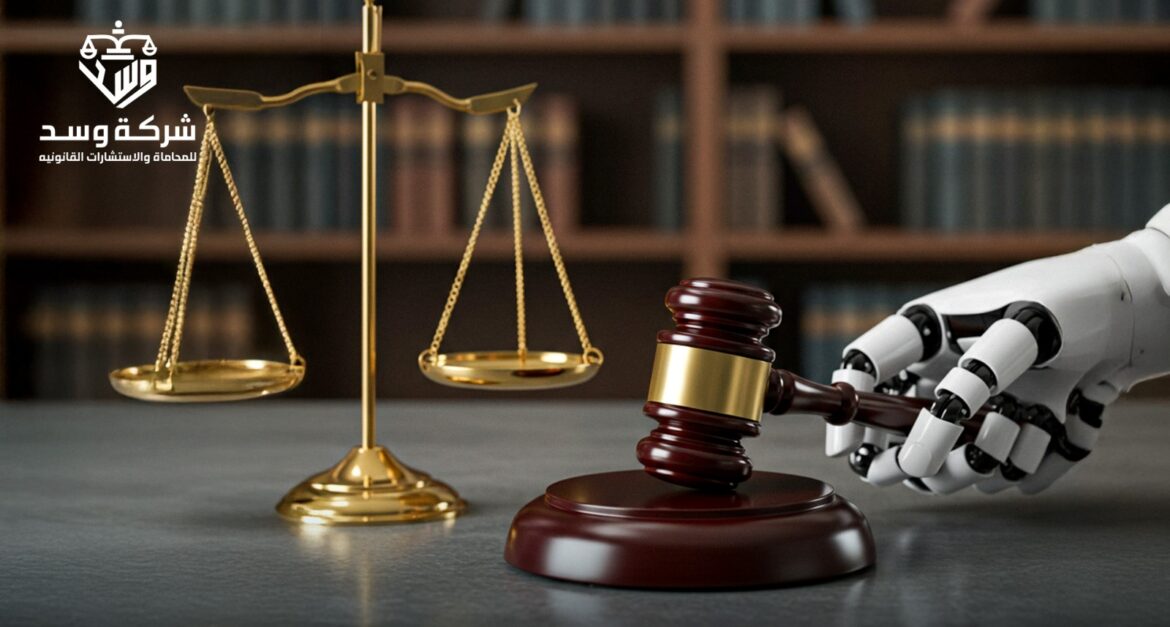
 20 March 2025
20 March 2025
Copyright Ownership of AI-Generated Content
Artificial intelligence (AI) is increasingly being used by various companies. Platforms such as Stable Diffusion, Midjourney, Craiyon, and especially Dall-E 2, developed by OpenAI and released in January 2022, enable the creation of images and music through text-based instructions (“text-to-image”).
Applications of AI Technology
This technology has numerous artistic and professional applications, including illustrating articles, designing logos and brands, generating website texts, and even producing complex literary works or films. Artists have also used AI to create a form of art known as “AI Art” or “AI Art Prompt.”
This image was generated by AI, depicting the Mona Lisa in the style of Van Gogh’s ‘Starry Night
Legal Perspective on Copyright Ownership
The use of AI software raises several legal questions, with the most critical being: who owns the copyright to AI-generated content?
Legal Position in France
Under French law, a work is protected if it is considered “original,” meaning it reflects the personal imprint of the author, who must be a human being. Thus, it is necessary to determine the true author of AI-generated content and who can hold the exploitation rights.
For example, in generating an AI-created image of the “Mona Lisa in the style of Van Gogh,” multiple parties could be involved in the creative process:
- The original artists (Vincent van Gogh).
- The user who inputs the text prompt.
- The developers of AI software like Stable Diffusion or Dall-E 2.
Rights of AI Software Operators
AI software companies claim ownership of their software through their terms of service, allowing them to authorize or restrict user access. However, since these programs function autonomously without creative decision-making, their operators do not acquire copyright over the generated content.
Terms of Use and User Rights
Different AI platforms have varying policies:
- Dall-E 2 transfers full copyright ownership to the user and requests attribution.
- Stable Diffusion follows the same policy.
- Craiyon does not transfer copyright to users but imposes specific licenses for commercial use.
Thus, anyone using AI-generated images, whether for commercial or non-commercial purposes, must review the platform’s terms to understand their rights and limitations.
Does the User Have Copyright Ownership?
Since the user’s role is limited to providing an idea that the software executes, it is unlikely they will be recognized as the “author” in a legal sense. Copyright law does not protect mere ideas, and AI-generated content may lack the “personal imprint” necessary for copyright protection.
Legal Position in the United States
U.S. courts have ruled in several cases that works lacking direct human involvement cannot receive copyright protection. Notable cases include:
- The Macaque Selfie Case (2008): A monkey took a selfie, but U.S. courts ruled the image was not copyrightable because it was not created by a human.
- Stephen Thaler AI Case (2022): The U.S. Copyright Office rejected a copyright claim for an AI-generated image, stating that it lacked the necessary human authorship.
Can Copyright Be Granted After Human Modification?
If an AI-generated image is significantly altered by a human in a way that adds creative input, it may qualify for copyright protection—but only for the modifications made by the human, not the original AI-generated content.
Conclusion
The use of AI in content creation presents complex legal challenges regarding copyright ownership. Under current laws in France and the U.S., AI-generated works are not eligible for copyright protection unless there is significant human intervention. As AI technology continues to evolve, legal frameworks may need to adapt to address the growing role of AI in artistic and literary creation.
For expert legal guidance, reach out to WASD Law Firm today. Our team is ready to assist with all your legal needs, from corporate compliance to dispute resolution.


